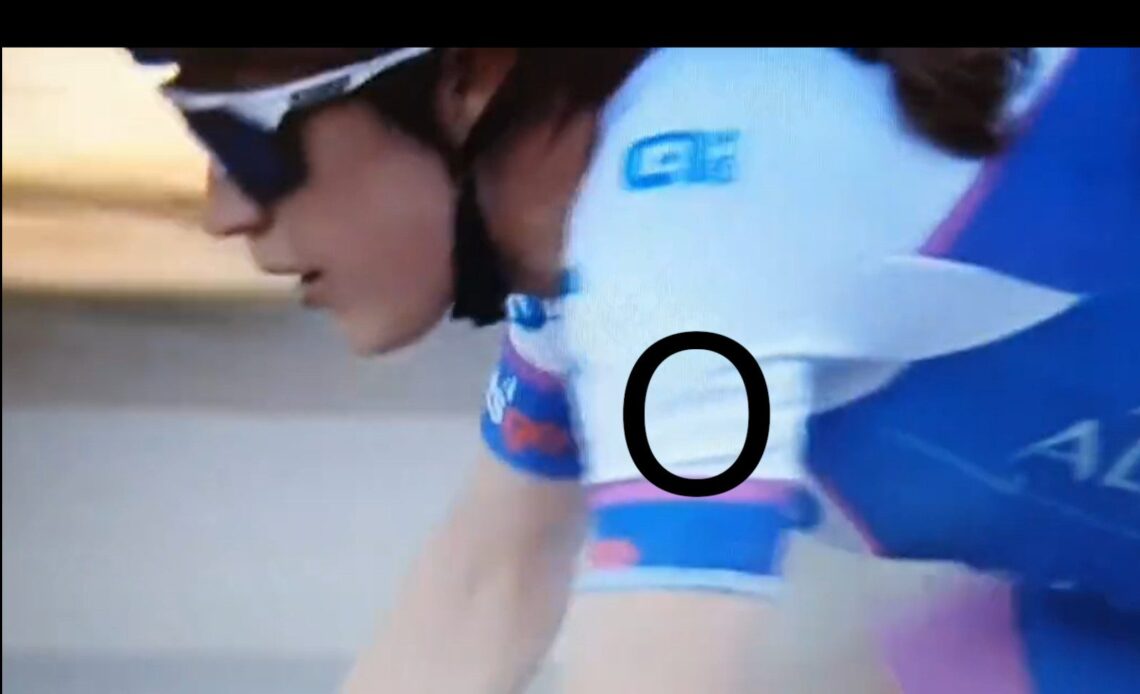[the_ad id="5357"]
[ad_1]
Kristen Faulkner has broken her silence following her disqualification from Strade Bianche on March 4. She finished third behind SD-Worx duo Demi Vollering and Lotte Kopecký after getting caught on the final climb. With her sanction, FDJ–Suez’s Cecilie Uttrup Ludwig Faulkner was removed from the Strade Bianche podium for wearing a blood glucose monitor during the race, which is against the UCI rules.
However, the device was not transmitting any data during the race, she said in statement on Twitter. TheTeam Jayco AlUla rider added she was “very disappointed” in the UCI’s decision.
Kristen Faulkner disqualified from Strade Bianche for using glucose monitor
Glucose monitors about health, not performance
“I believe they are a valuable tool for athletes, especially women, to take care of our physical health, though that is a conversation for another time,” she said.
When asked why she didn’t remove it before the race, she added two key points.
“I was a last minute reserve for Strade, so I didn’t know I was racing when I put it in. At the race, I asked a trusted staff member if it was ok to race with and they said yes, as long as I didn’t see the data. I went out of my way to clarify ahead of time,” the American said.
Supersapiens weighs in
Supersapiens, which makes the monitor, also posted a statement. “We request that the UCI start to see continuous glucose monitors as a tool for athletes to protect their bodies, not as some sort of performance enhancement device. This isn’t about going faster, this is about health.”
“I have never used glucose data in competition, which I provided ample evidence of to the UCI. I was under the impression I could race with my device if it did not record any data, because there was no performance advantage whatsoever,” Faulkner added.
She also gave another reason why she didn’t take it out. Cost. “They last 2 weeks and are very expensive to replace.”
The cyclist was well aware of the rule before the race, and even consulted some of the team’s management if she should remove it before the race.
“In my attempt to clarify the rules, I asked a trusted staff member on my team before the race If I could wear it. They said yes, because I couldn’t see any data. I was not the only person confused about the rule.”
Click Here to Read the Full Original Article at Canadian Cycling Magazine…
[ad_2]

